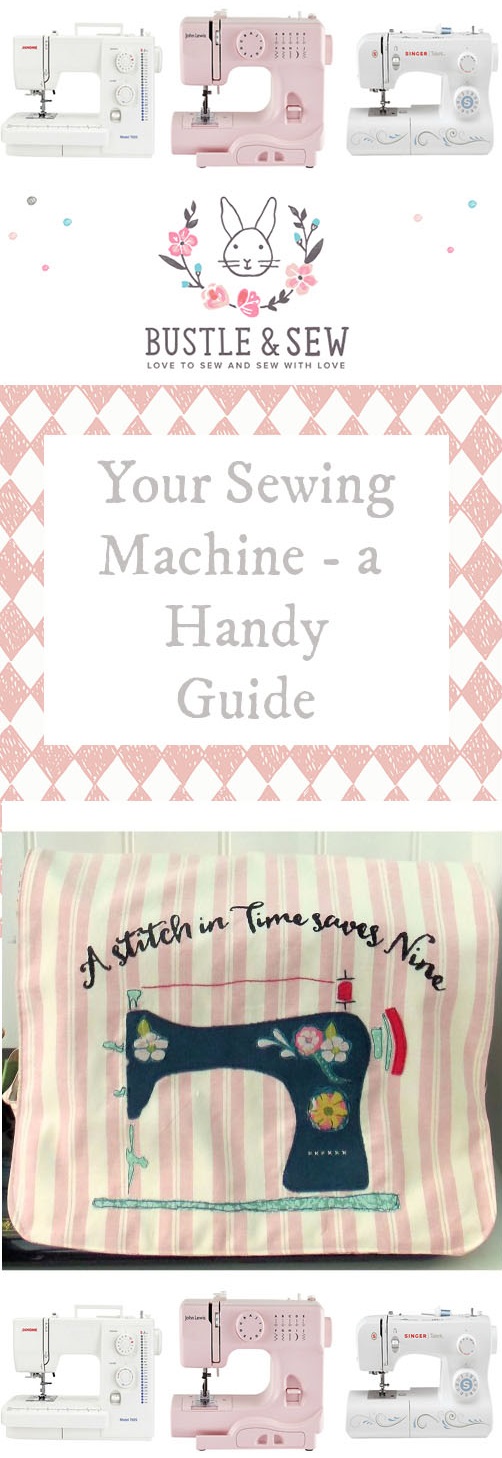
Sometimes, in spite of all your care and attention, you will experience problems with your machine. If your machine isn’t working properly, then here’s a look at some of the most common problems and how to fix them…
Nest of tangled thread
This usually happens when you haven’t threaded your machine properly. Even though the tangled mess is on the lower or bobbin side of your work, don’t assume the problem is with your bobbin. Raise your presser foot and unthread, then rethread the machine paying particular attention to the route the thread should take, using your sewing machine manual as a guide if you’re at all unsure.
Uneven stitching
If your row of stitching has large loops on one side of the work and is too tight on the other then you may think that the thread tension setting on your machine needs altering. You might be right, but before you begin playing around with adjusting the tension setting, take a look at your bobbin as this is more likely to be the cause of the problem. Take the bobbin out of the case and check you’ve inserted it the right way round. This is usually with the thread unwinding in an anticlockwise direction, but do check your manual if you’re at all unsure as it could be different. The bobbin itself might have been unevenly wound or you may not have pulled the thread through the groove in the bobbin case. If you’ve checked the bobbin and this isn’t causing the problem, then try adjusting the tension dial and test stitch on a scrap of the same fabric you’re experiencing problems stitching until the stitches are even on both sides of the fabric.
Skipping stitches
Back to the needle again! The likeliest reason for your machine to skip stitches is that you’re using the wrong needle for the fabric your sewing. Needles come in different weights for different fabric – that’s the easy part – but they also come in different shapes for different fabrics/techniques. Check you’re using the right needle for your project!
Machine needles are classified into three types of point:
● Regular – this is the finest point, for piercing the threads of woven fabrics
● Chisel point – these are for stitching leather
● Ball point – used for knitted or stretchy fabrics. This type of needle reduces cut threads by pushing them out of the way rather than piercing them. Most major brands of needle are colour coded to show the type of point and they come in sizes 9 (thinnest) to 18 (thickest).
We really hope you’ve found these tips useful – and do be sure to pop back next Friday for the last part of our handy guide to your sewing machine!
Don’t forget to check out Your Sewing Machine – a Handy Guide Part One
Do you have any top tips for looking after your sewing machine? Leave them in the comments below, we’d love to know!
We share lots more hints, tips and goodies with our newsletter readers, so if you’d like to be the first to hear all our news, just click the button above to sign up – it’s free and we never share your email address with anyone else – promise!

Leave a Reply